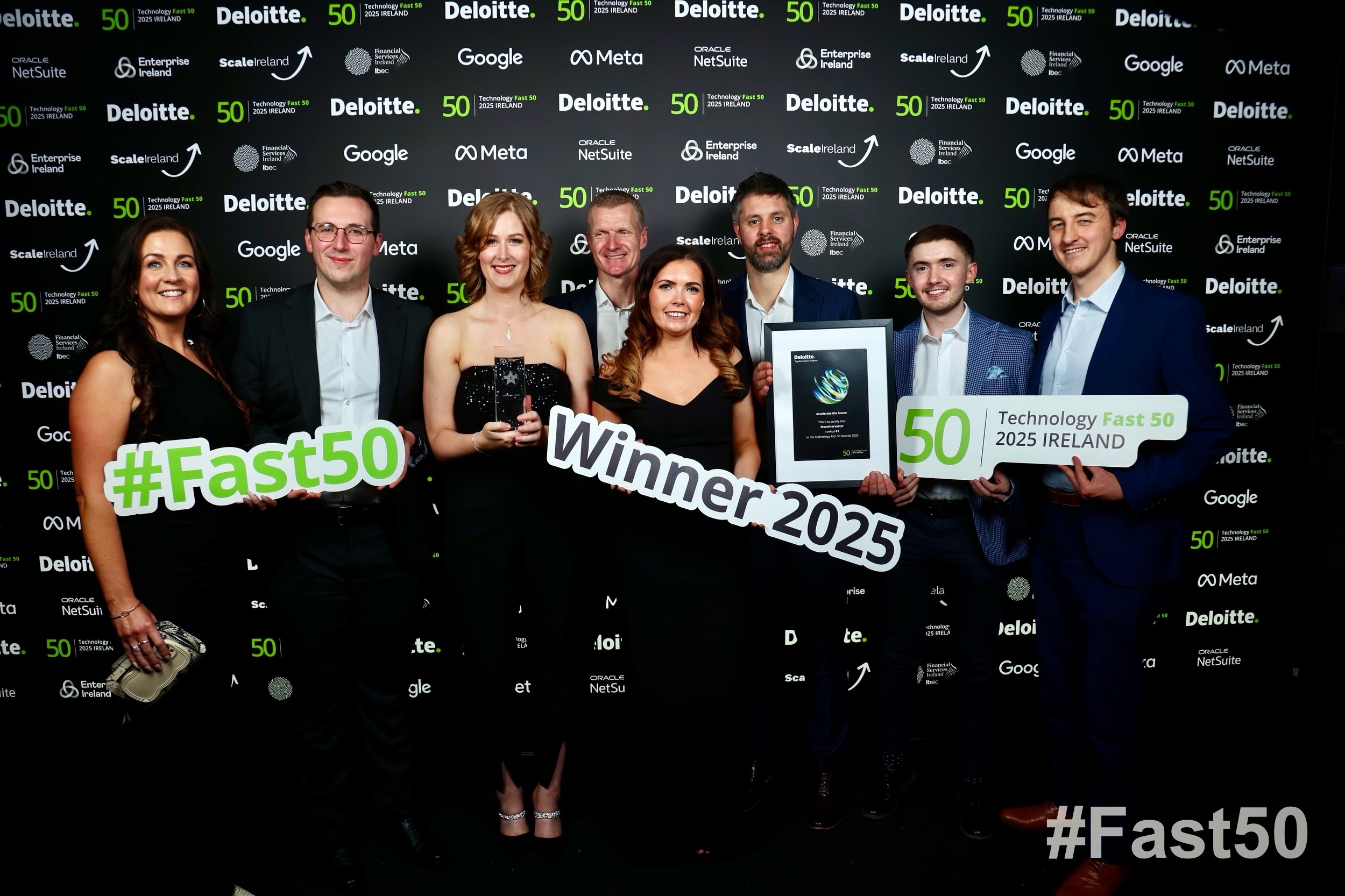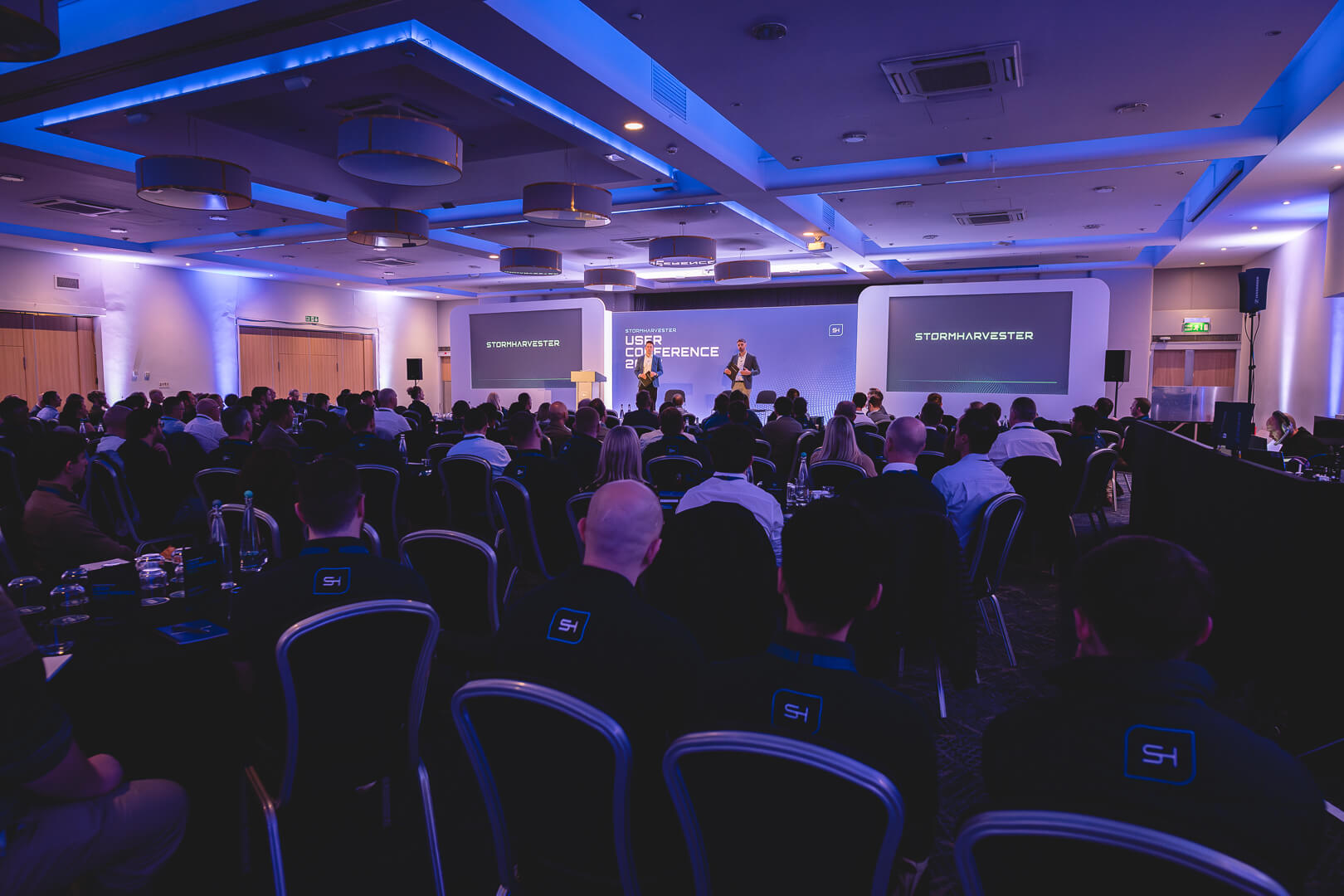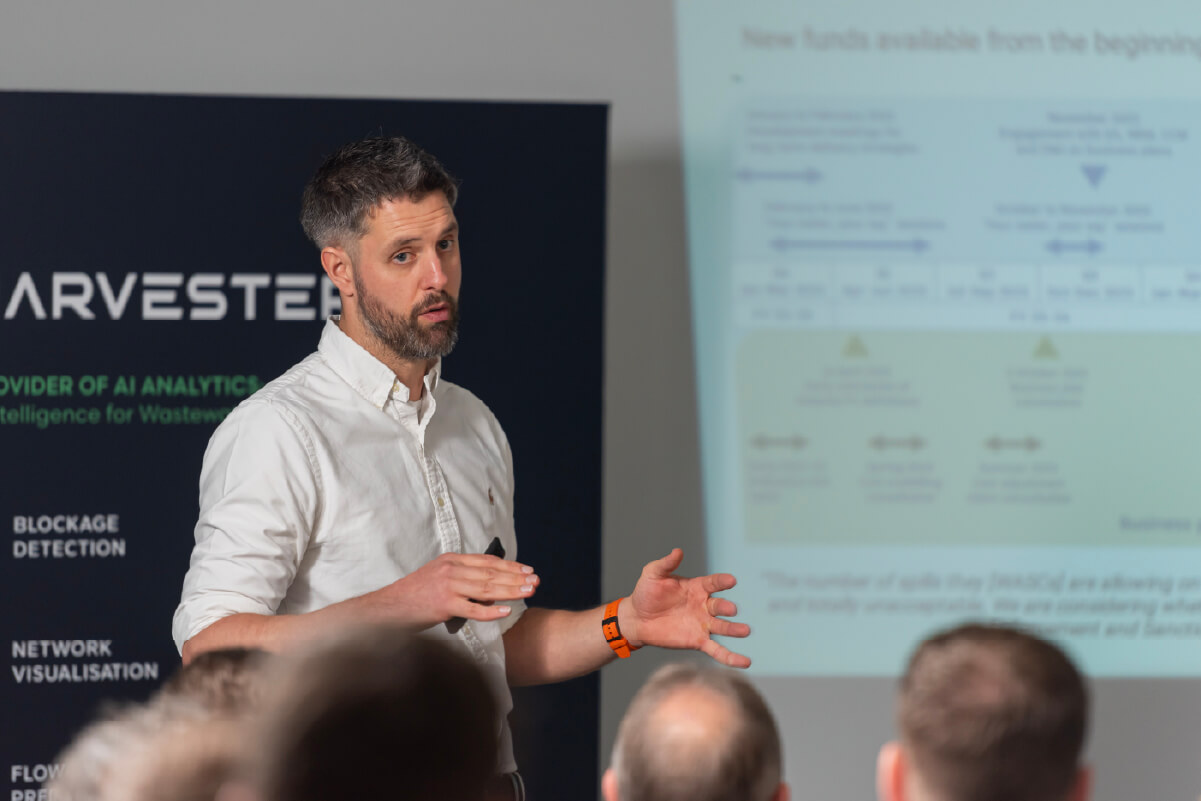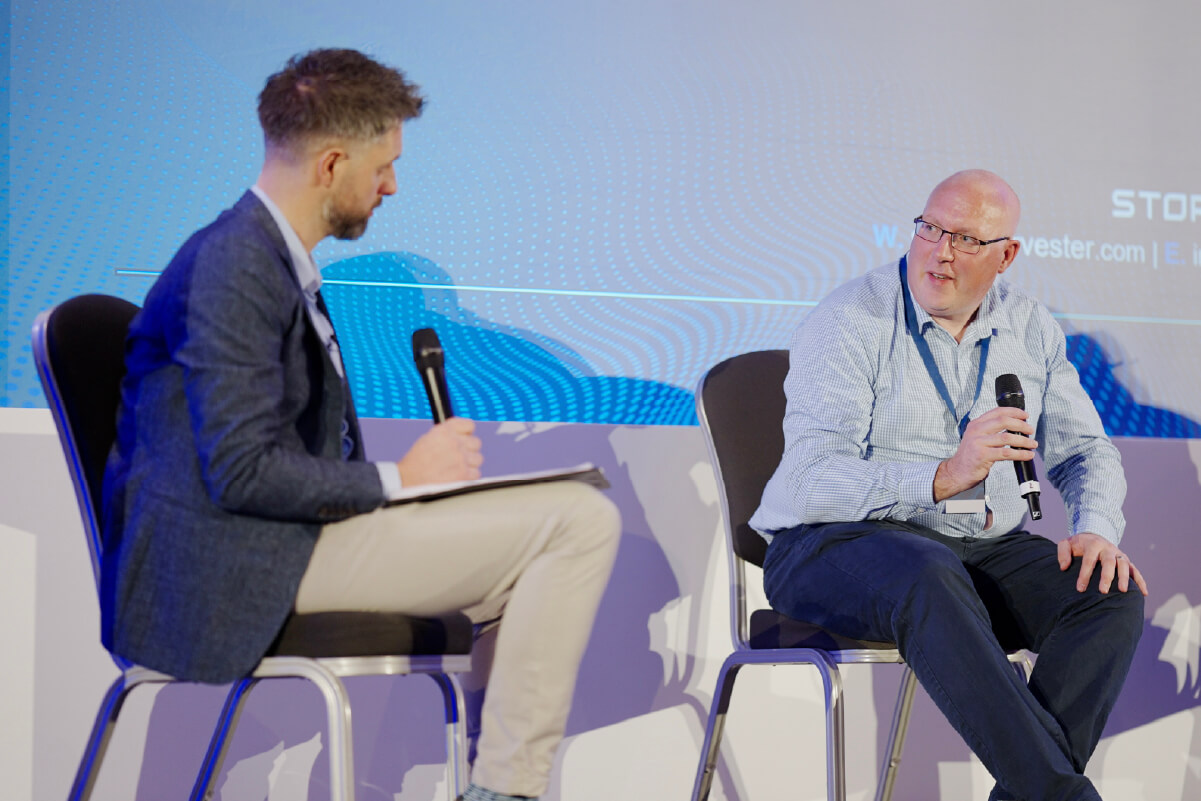about us
Helping utilities better manage their network and assets
Predictive technology that stops flooding and pollution before they happen.
Proactive.
Predictive.
Powered by AI.
StormHarvester helps wastewater utilities predict and prevent issues like flooding and pollution before they happen, protecting communities and reducing costs.
At its core, our advanced anomaly detection system analyses data from thousands of sensors, turning it into precise, actionable insights that drive smarter decisions.

Brian Moloney
CEO & Founder
Our Story
Our Founder and CEO Brian Moloney started out working for engineering consultancies specialising in wastewater design and hydraulic modelling. His early experiences in civil engineering allowed him to see a opportunity for a data-driven approach to tackle pollution and flooding
StormHarvester’s early work focused on understanding and predicting how rainfall impacts network performance, which led to developing a highly accurate machine-learning system for detecting blockages and anomalies.
As tens of thousands of sensors came online, it became clear that data and machine learning could address a wide range of challenges and transform network performance. StormHarvester is a global leader in wastewater network monitoring.










Our Journey So Far
Expansion
StormHarvester secures series A funding of £8.4m, strengthening the company efforts to double its headcount and expand international activity to US, Australia and New Zealand.
User Conference
StormHarvester holds its first ever User Conference. With representation from every UK wastewater company, the event becomes a cornerstone event for the UK water industry.
Rapid Business Growth
StormHarvester sees rapid business growth, integrating tens of thousands of sensors across the UK utility sector. Number of product modules on the StormHarvester platform expand in response to increasing customer demand.
Funding Support
StormHarvester receives funding support from Invest NI, allowing the organisation to increase its headcount.
First Formal Tender
The company wins its first formal tender with Wessex Water, following a successful proof of concept trial, and competitive process against other technology providers.
Automated Platform Launch
Following 4 years of R&D and with support from Queen’s University Belfast and TechStart Ventures, StormHarvester’s automated water management platform launches.
Idea Born
Initial idea for the StormHarvester business is born, with CEO and founder searching for solutions to lessen the impacts of flooding whilst working as a civil engineer in Australia.
Inspired by our people?
Join us in shaping the future of water and sustainability.